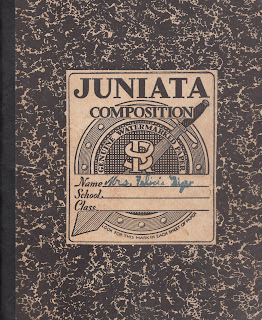When my subway car’s doors opened at 79th Street in
Manhattan the other day, an advertisement on the platform caught my eyes. It
featured a deer and the words: “City dwellers take many forms.” Further, it
importuned residents to learn to live alongside them. Personally, I have not as
yet laid eyes on any deer in the Bronx or elsewhere in town. But it doesn’t
surprise me that they exist in some of the city’s larger parks and open
spaces—like Van Cortlandt Park, which is within walking distance for me. It’s a
sprawling piece of property that spans more than a thousand acres. The park’s
off-the-beaten trails are pretty woodsy, which is where I suspect the deer and
the antelope roam.
I am quite willing to live harmoniously alongside these
nimble four-legged creatures. It’s some of the two-legged that give me pause.
The city’s many bodega owners, for instance, have to put up with a lot of crap
in their interactions with a cross-section of humankind, including the bottom
of the barrel. Exhibit A: Ali’s, where I regularly purchase pints of Hershey’s
“Creamy Vanilla” ice cream, Linden’s chocolate chip cookies, and rolls of
Bounty paper towels, which I can actually reach. Apparently, the general rule
of thumb in these establishments is to stock paper towels as close to the
ceiling as physically possible.
Anyway, as I entered Ali’s recently, Ali in the flesh was
being lectured. A patron with a cup of coffee in hand excoriated him for
not saying “thank you” upon the conclusion of their transaction. “It’s proper
to say ‘thank you’” the customer complained. “It’s basic human decency!” For the record: This exchange was somewhat atypical for the cozy
confines of Ali’s deli. Now, I will attest that Ali sometimes says “thank you,”
but not always or even most of the time. More often than not he’s engrossed in some tête-à-tête via his
earphone. I’m so accustomed to that sort of thing. And chastising Ali for his
dubious decorum is not my job. He’s got a lot on his plate after all.
Don’t believe me. Moments after witnessing Ali’s dressing
down, a young fellow entered the place. He was engaged in an animated
conversation—if you could call it that—on his cell phone. The man effortlessly unloaded F-bombs and B-bombs, too. Further, he spoke of setting his
girlfriend—I guess—straight with brutal acts of aggression. It was a surreal
experience. A young woman, who had ordered a bacon, egg, and cheese sandwich,
was, like me, privy to this spectacle. She muttered aloud, “He should just be
taken out and shot!” Meanwhile, Ali’s eyes flitted nervously, not knowing what
this raving lunatic had in mind. He probably just wanted a Red Bull. However, I happily missed
the final act. The woman, by the way, was of the same ethnicity as the
frothing-at-the-mouth young man. So, too, was the man who scolded Ali on his deficient
etiquette.
What lessons did I learn in the bright light of day? For one, Ali doesn’t have it so easy. And feral is feral—it knows no race or ethnicity and greatly troubles the non-feral. A footnote to this tale: While I’m against capital punishment in theory, I couldn’t help but heartily agree—quietly and for a brief ugly moment—with the sentiment expressed by the woman patiently awaiting her breakfast sandwich.
(Photos from the personal collection of Nicholas Nigro)



























